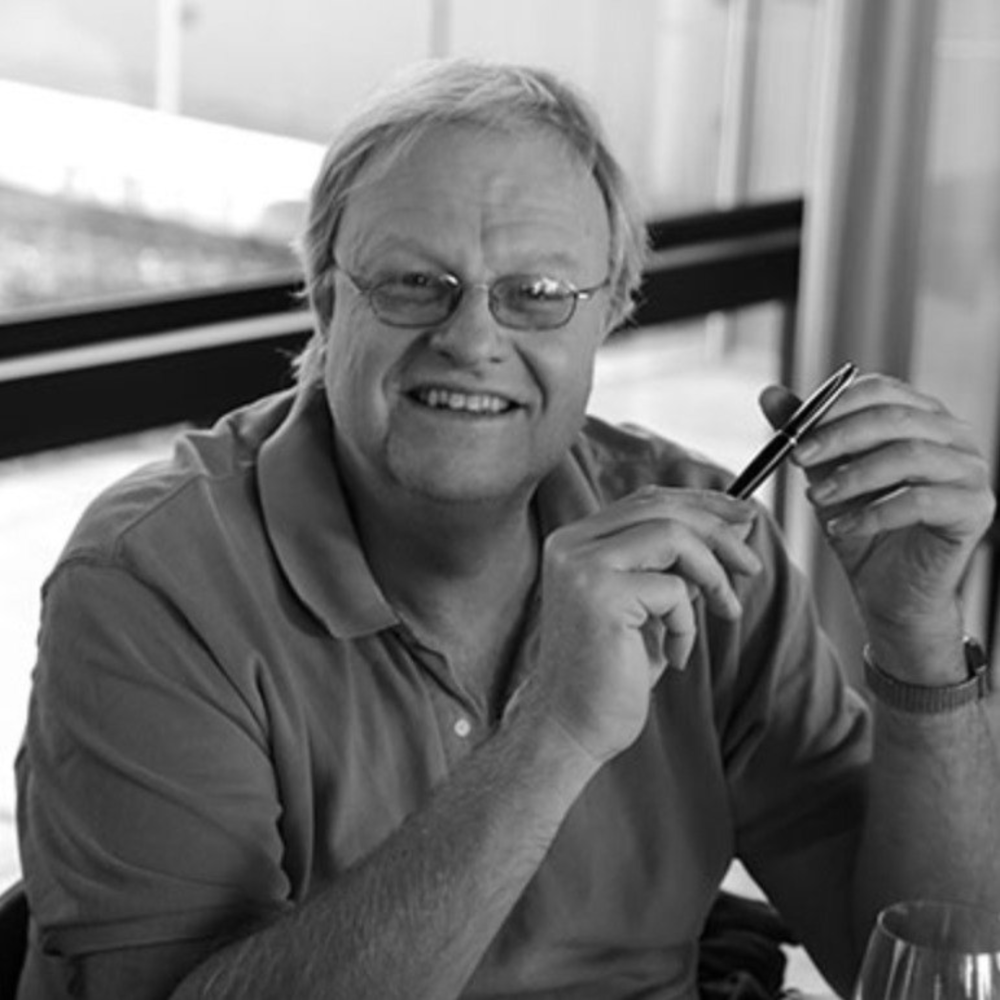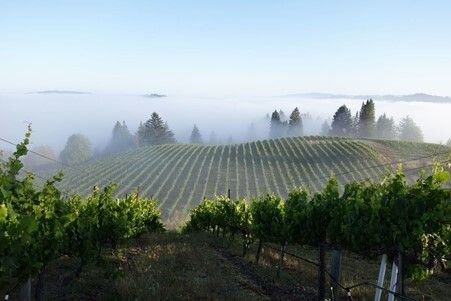The Rise of Richard Seguin
Younger winelovers, who have seen the extraordinary rise of Burgundy in both quality and price, may not realise that it was not that long ago that Bordeaux ruled supreme. Burgundy was little more than a curiosity, but not to be taken that seriously, especially next to a good Bordeaux.
Almost a century ago, an Irish Judge, Maurice Healy, formerly a teetotaler but subsequently a great lover of wine and author of numerous books on the subject, wrote a classic – “Stay Me with Flagons.” While Bordeaux, inevitably during that era, takes pride of place, he acknowledged just how scintillating a great Burgundy could be. He does note that you are only likely to encounter four or five great bottles of Burgundy in your life, as opposed to almost daily gems from Bordeaux, but the best will “overtop” anything, Bordeaux included. His editor was so outraged at this that editions printed after Healy’s death include a notation next to these musings, suggesting that the good Judge must have been “emotional and influenced by pleasant companionship,” to have made such an outlandish statement.
His thoughts on his greatest wine/Burgundy are worth quoting (the actual wine was a Volnay Caillerets from 1889 though he does not mention the producer, La Tache 1904 and Richebourg 1923, second and third) – “rich in mellow perfection, and entirely free from the infirmities of age. I took one sip; I closed my eyes, and every beautiful thing that I had ever known crowded into my memory. In the old fairy tales the prince drinks a magic potion, or looks into a magic crystal, and all the secrets of the earth are revealed to him. I have experienced that miracle. The song of armies sweeping into battle, the roar of the waves upon a rocky shore, the glint of sunshine after rain on the leaves of a forest, the depths of the church organ, the voices of children singing hymns, all these and a hundred other things seemed to be blended into one magnificence.” Certainly beats today’s more prosaic, ‘red fruits, bright acidity and good oak integration’ tasting notes.
He goes much further – “so marvelous, so delicate was the bouquet, it seemed an impertinence to go further and taste this miraculous liquid; and yet, on the palate it almost made one regret as a waste of time the moments spent in taking in the perfume.”
And on and on, with references to Mozart, P. G. Wodehouse, Shakespeare and Rembrandt.
These days, it sometimes seems that where Burgundy most resembles Rembrandt is in the pricing. When I tell friends that I have an invoice for a DRC Romanee-Conti 1983, purchased in the 90s, for $130, my honesty is usually compared to that of a politician. These days, double it and add a few zeros.
Burgundy has, as any winelover not living in a deep cave can tell you, gone through the roof. If you want to drink the best, you will need to crack the piggybank. Undoubtedly, one can drink glorious Pinot Noir from places like New Zealand, Australia, Oregon and elsewhere, but for the wines which started all this, it is to Burgundy one must venture.
The Burgundian pyramid reveals that around half of the wines of Burgundy are simple regional offerings. Village wines, once only sighted if one really did look down one’s nose, are estimated at a little under 40% of production, but the quality of many of these Village wines has skyrocketed (so have prices, but you can’t have everything). Premier Cru represents around 10%, while the best of the best, the Grand Crus, are represented by just 1 to 2% of the annual harvest. And priced accordingly. These days, not many are found under a grand, and many cost several times that. So when a very fine Grand Cru Burgundy is available under this level, it is worth paying attention.
The name, Richard Seguin, is not one with which many Burgundy lovers will be familiar. He has established a stellar reputation as winemaker at the estate of Olivier Bernstein, which itself has seen a meteoric rise, and has now, however, a small production of his own, available nowhere else in the world other than at the Reserve Cellar.
I can’t promise that tasting these wines will have you envisaging sweeping armies or hearing Mozart, but I can confirm that his wines are seriously impressive and, at least in Burgundian terms, at giveaway prices. By the way, the fruit is coming from vineyards which, until recently, supplied one of Burgundy’s greatest names, but the leases have expired and reverted to Richard and his family. The results are exciting and guaranteed to fall squarely in the sights of Pinotphiles, at which time demand and price will follow everything else in the region. Now is your chance.
Richard Seguin – Reviews and Points
Gevrey Chambertin 2022 ($185) – From a superb vintage in the region, this shows us just how far Village Burgundy has come in recent years. Delicious drinking.
A gleaming garnet red. An attractive, and very much Burgundian nose here, with notes of undergrowth, red fruits, dried herbs, a little warm earth, florals and raspberries. Seamless on the palate, there is good focus and direction throughout. Tight acidity, sleek tannins, this is a lovely Village Burgundy of medium length. Should continue to provide pleasure for the next six to eight years. 93.
Charmes-Chambertin 2022 ($799) – Of all of the Grand Crus in Gevrey-Chambertin, Charmes-Chambertin is often considered to be one of the lesser offerings. That said, it comprises of around thirty hectares and there is considerable variation throughout. This wine comes from vines previously contributing to one of the most highly regarded wines from the region, from a legendary maker (incidentally, a wine which is considerably more expensive than this from Seguin).
The seductiveness and plush, generous fruit for which Chames is known is on display here, and this is only enhanced by the quality of the 2022 vintage, itself forward, generous and richly flavoured. A purple maroon hue, the nose offers notes of spices, herbs, leather, florals, animal skins, dark cherries and cranberries. It is finely balanced, with a supple and rather gorgeous texture. Oak integration is still in process and the wine will be better if it can spend another couple of years in the cellar before opening. That said, the flavours are a little more exuberant and forward than is typical in Burgundy and it will be approachable sooner than many, while still living for the best part of the next couple of decades. Impressively structured, there is a touch of milk chocolate and cassis on the palate. Fine silky tannins and excellent length complete the package. In Grand Cru terms, this is cracking value. 96.
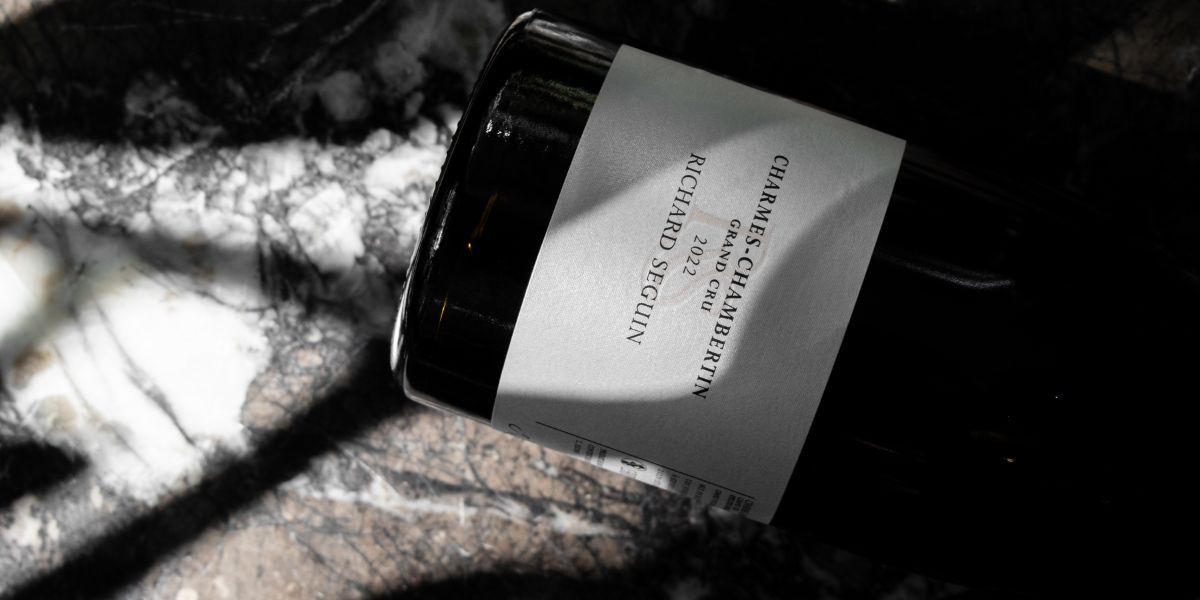
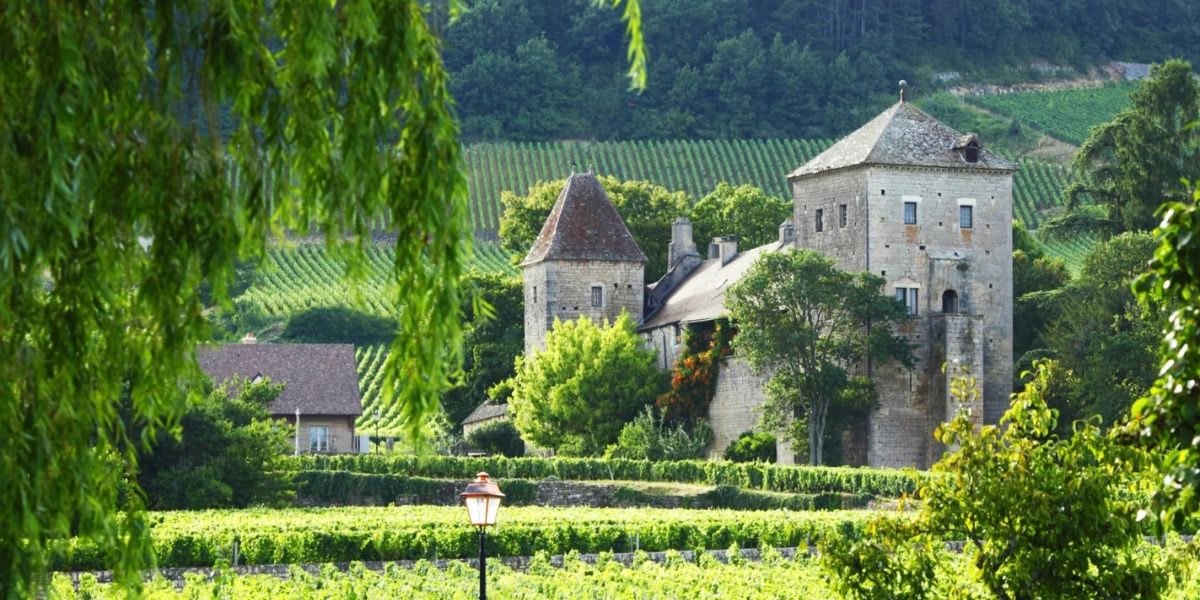
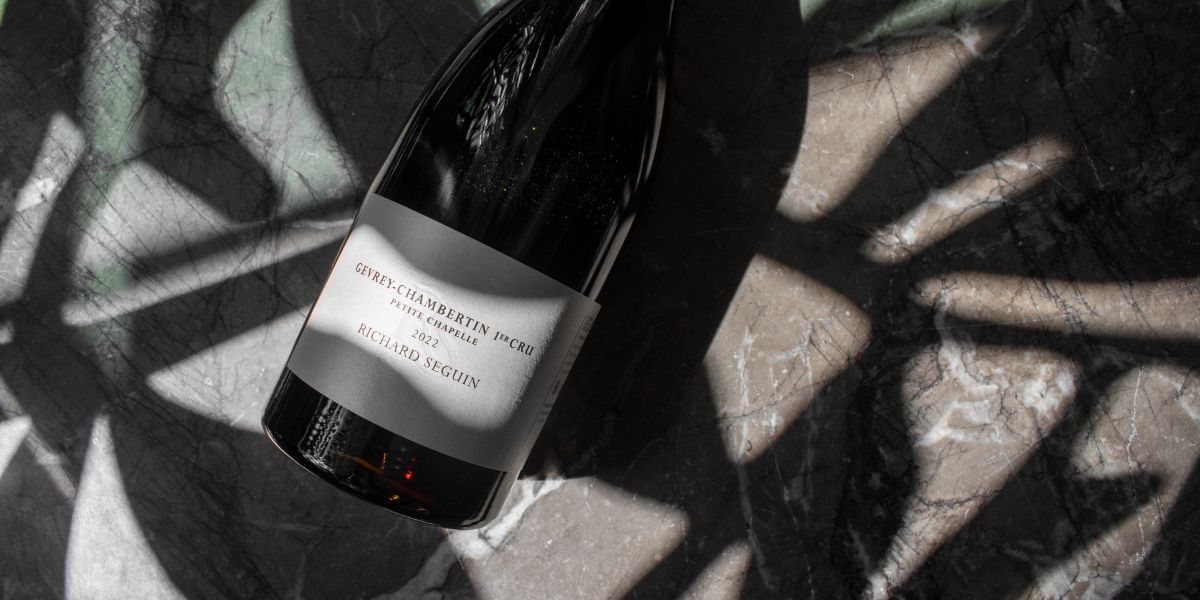
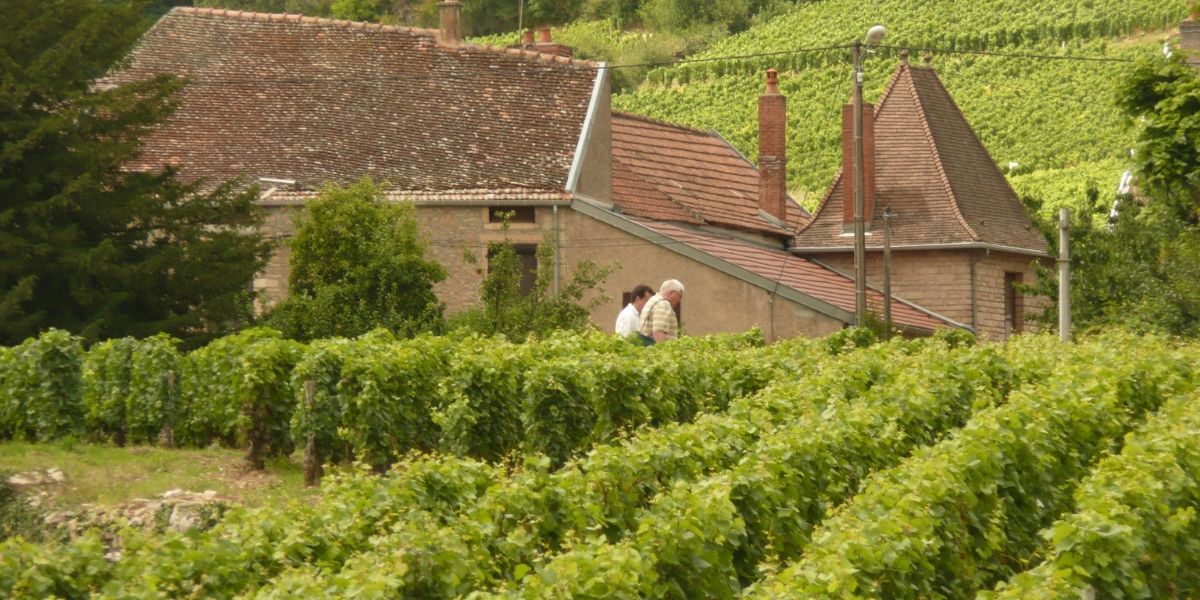
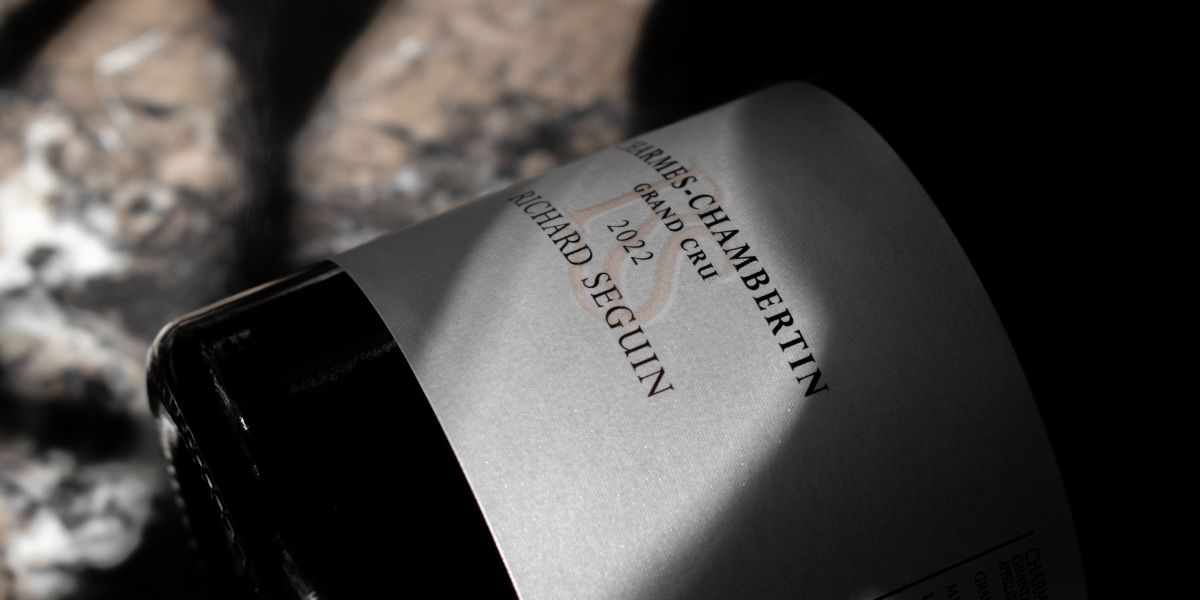


 Log in / Sign up
Log in / Sign up 

